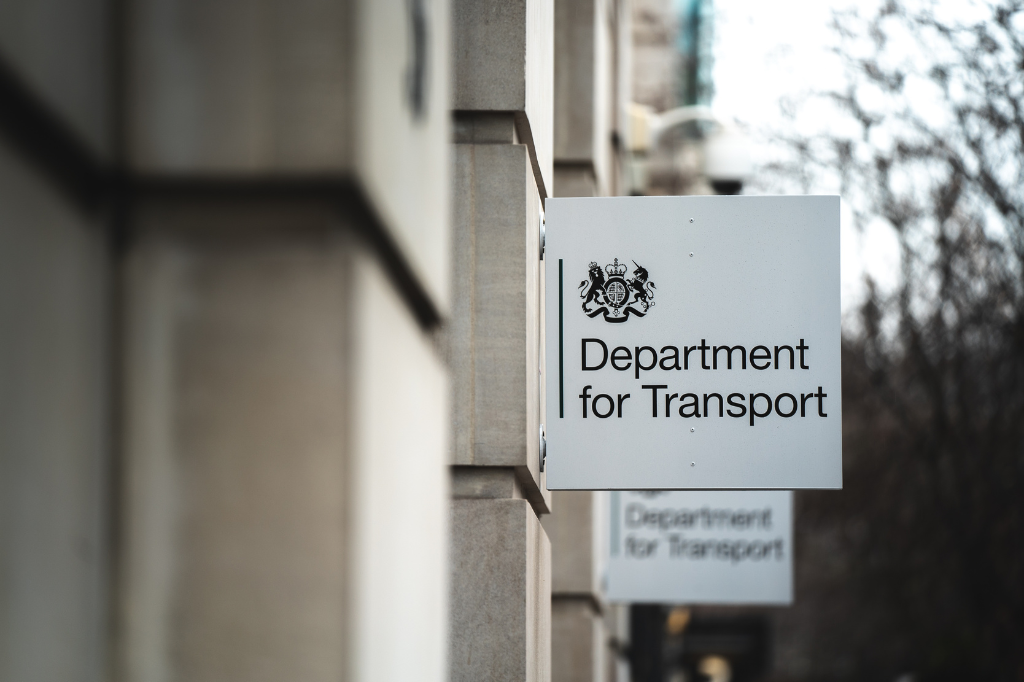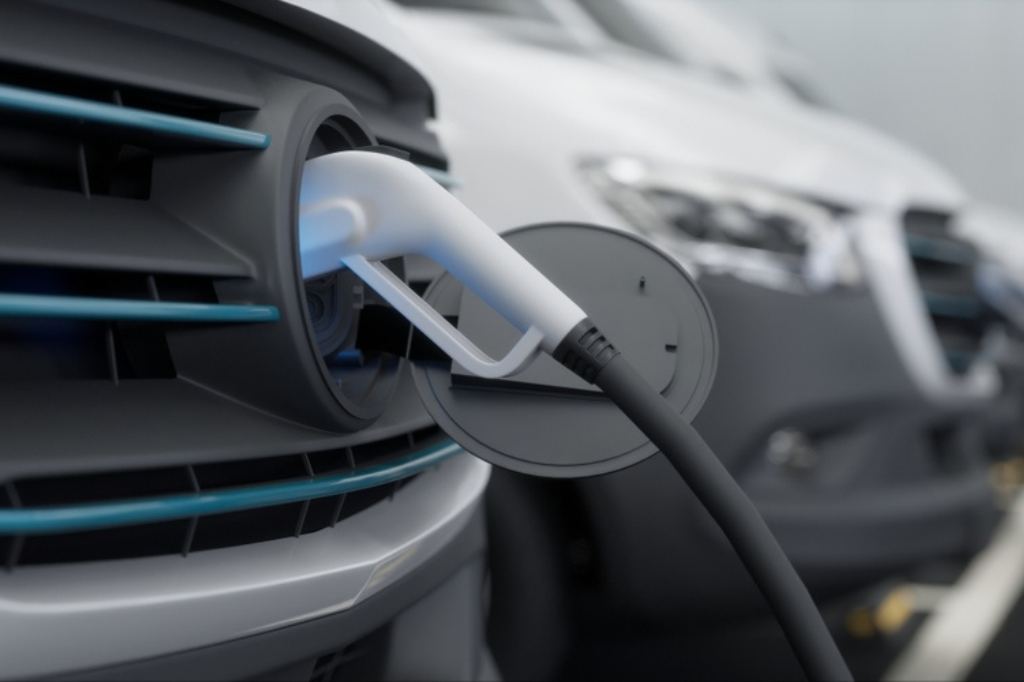
Image Source: UK Parliament Committees
The Vehicle Emissions Trading Schemes Order 2023 (VETS) came into action recently and could mean big changes for fleet providers and customers too. With the introduction of this new legislation, the UK Government is pushing to reduce vehicle emissions through a structured framework that encourages the adoption of zero-emission vehicles (ZEVs). It also sets out rigorous CO2 regulation standards for cars and vans.
But how impactful is the UK VETS scheme for fleet users? Here, we’ll break down some of the key implications on businesses that use fleets across the UK.
Please Note: All information we discuss in this article is taken directly from the Department for Transport. You can find out more details by reading the compliance advice in full here.
The VETS Scheme, also called the VETS Order, establishes four clear vehicle emissions trading schemes. These are applicable to all new cars and vans registered in Great Britain since 3rd January 2024. This is a pivotal move, signalling a shift towards environmental sustainability by implementing a ZEV mandate alongside a CO2 regulation framework.
The legislative needs to meet ZEV targets will likely direct fleet customers towards integrating a more significant number of zero-emission cars and vans into their fleets. The targets start at 22% for cars and 10% for vans by the end of 2024 and escalate to 80% and 70% for cars and vans, respectively, by the end of 2030. The goals are aimed at encouraging a gradual but clear transition to cleaner fleets.

The new legislation requires fleet customers to comply with the VETS by ensuring they hold sufficient allowances for the CO2 emissions produced by their vehicles.
This involves a clear understanding of the baseline target for emissions. The compliance is measured in ‘allowances,’ whereby each allowance represents permission to emit one gram of CO2.
In basic terms, to remain compliant with VETS regulations, fleets need to ensure they possess a sufficient number of allowances to cover the emissions their fleet generates.
There are four main ways a fleet can acquire allowances:
- Trading: Buying or selling allowances in the market to meet the exact need of your fleet’s emissions.
- Banking: Saving unused allowances for future use, providing flexibility in managing emissions over time.
- Borrowing: Using future allowances to comply with current requirements, offering immediate solutions for unexpected emissions shortfalls.
- Conversion: Exchanging allowances between different schemes, allowing for broader compliance options across multiple regulatory frameworks.
Fleet customers will have specific periods, known as trading windows, to report their allocation decisions to the Department for Transport. This will take place from November to December each year, with compliance being assessed in the following January. Decisions affecting allocations and final compliance payments will then be made.
Fleet customers will have to manage their allowances to avoid final compliance payments carefully. Currently, these are set at £86 per allowance. The ability to trade excess allowances or purchase necessary ones offers a financial lever to meet compliance without incurring penalties.
It’s also worth noting that bonus credits will be available for specific criteria, including special-purpose vehicles, wheelchair-accessible vehicles, and sales to car clubs. Fleet customers will be able to use these credits to offset emissions and reduce the need for additional allowances.
Forming pools with connected entities is an excellent way for fleet customers to simplify their compliance efforts. Essentially, this means that the fleet and the connected entities will be treated as a single participant in the scheme, offering easier admin and potentially more strategic management of your emissions allowances.
This is one of the key ways that the UK's VETS scheme will impact fleets. Annual reporting will be required, detailing the number of new ZEVs and special-purpose vehicles you’ve registered. Compliance with the reporting requirements and deadlines is critical to avoid penalties and ensure accurate calculations of your allowances and targets.

As we’ve discussed, one of the key aspects of the VETS scheme is its prioritisation of ZEVs. Our eStart transition plan is the perfect way to manoeuvre your fleet composition in favour of a greater number of electric vehicles.
It’s an end-to-end planning solution in which we assess your goals, conduct a detailed, vehicle-by-vehicle review, and even explore your charging and infrastructure options. This gives us a deep understanding of your fleet’s capabilities and enables us to manage the whole-of-life vehicle cost and recommend the right vehicle mix to support your goals.
If you want to find out more about our eStart solution, then get in touch with our team today or make an enquiry now.
- What Does Used EV Leasing Mean for the Automotive Sector?
- The Benefits of New EV Charging Technologies